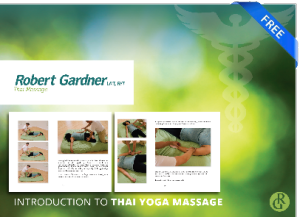A neti pot is a small teapot like tool you use to clean out your nose and lower sinuses. I was introduced to it years ago after reading about their use in yoga for breathing exercises. You fill the neti with a mix of water, sea salt and a little baking soda to soften the mixture. After turning your head to the side you pour the water through one nostril, it glides out the other and then you reverse.
The first time I did this then blew my nose I inhaled through nostrils that felt clean for the first time in years. I doubt I produce more mucus than the next person but mucus membrane, if left uncleaned, feels a bit like you’ve not brushed your teeth in a few days. When people tell me they’ve never used a neti it now feels like they’re telling me they’ve never brushed their teeth.
It’s difficult to explain a sensation if no one else has experienced it but lets just say I could really Breathe. All of the small nuances of air flowing through my nose could be felt all the way down into my lungs instead of having that light sensation muffled by dried, well..snot.
The neti is important for anyone who practices yoga and works with their breathing but in addition I recommend them to people with allergies. It won’t get rid of the allergies but it does give your body less to fight. It doesn’t counteract any medications and if used multiple times a day when you have a flare at least you’re able to clean part of your sinuses out.
Most don’t consider their breathing at all but there are other reasons to have a neti around. Anytime you’re feeling congested it can be used and lo and behold after a heavy night of nausea I found I could use the neti to rinse out, well, you get the picture.
I prefer using a plastic neti and I make my own mix of 50% uniodized sea salt and 50% baking soda. The plastic seems to last longer as most people I know eventually drop the ceramic ones and they break on the bathroom floor. I can even run it through the dishwaser to clean it semiregularly.

another article
If you practice yoga and pranayama or the breathing exercises associated with yoga I can’t recommend this highly enough. It helps fine tune the mouthpiece of your instrument so to speak and no one plays Coltrane on a unclean instrument.
There are more advanced uses of the neti which include taking water through the nose then spitting it out through the mouth and vice versa but the basic use is the first one to tackle. I recommend just letting the water pour through one nostril while breathing through the mouth then doing the same on the opposite side. Blow your nose as usual and this expels any excess water. Quick, simple and no matter how many times I say it an amazing difference in the feeling in your head.
The neti is a small addition to your overall life and health regimen that I can’t recommend highly enough. Here’s a link to the one I use and they can be purchased at Walgreens pharmacy.
buy direct


